New Perspectives : A Look at Luminos 9.1
Luminos Fans -
Our latest update to Luminos is all about polish: visuals have been improved, settings have been tightened up, and some longstanding enhancements to our astronomy engine are ready to be shared. We hope you enjoy the new release!
Stars in Focus
In our last major update, we introduced easy access to the largest star catalog on mobile: the UCAC4 and its 113 million stars. But we're not done with stars yet, so in this release we made big additions to our cross-reference database. We now include more than 300,000 cross-reference entries spanning 10 star catalogs, from WDS to SAO to Durchmusterung.
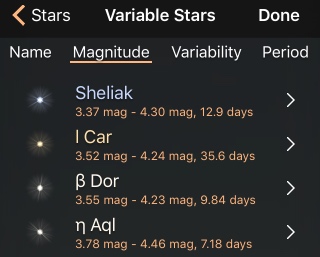
For variable star enthusiasts, we've created a list of thousands of stars with the greatest magnitude variations. You can also single-tap to sort star categories by their most interesting characteristics, such as Variability and Period for variable stars, or Magnitude, Name, or Distance for others.
New Orientation
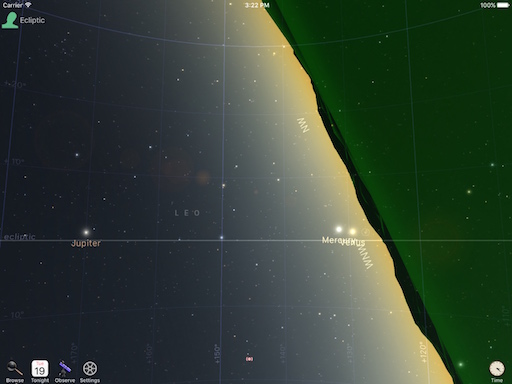
For those who would rather track celestial objects in different planes, Luminos now provides a convenient way to switch between different orientations for the Sky View:
- Horizontal: The default orientation, where the sky moves as it would for an observer standing on the planet's surface.
- Equatorial: An orientation where the Earth's equator is projected into space, and the Sky View is perpendicular to it.
- Ecliptic: In this orientation, the Sky View is oriented such that the viewer is perpendicular to the ecliptic, the path the Earth travels around our Sun.
- Galactic: The Luminos Sky View is oriented so that the viewer is perpendicular to the plane of the Milky Way galaxy.
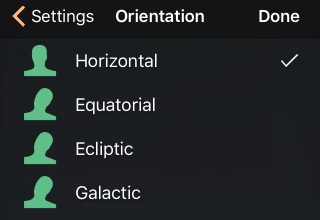
Orientations can be selected from the settings, and an onscreen indicator makes it easy to switch to a different perspective.
Visibly Improved
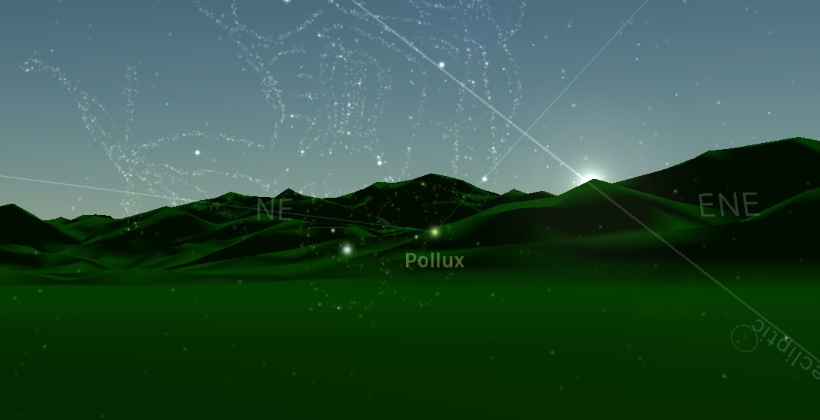
We're always working to make the Luminos visuals more realistic and more fun. In this release, we improved our terrain for even more picturesque planet takeoffs and landings. We also added a translucent option that lets you see objects through the ground, even if you are viewing your local terrain.
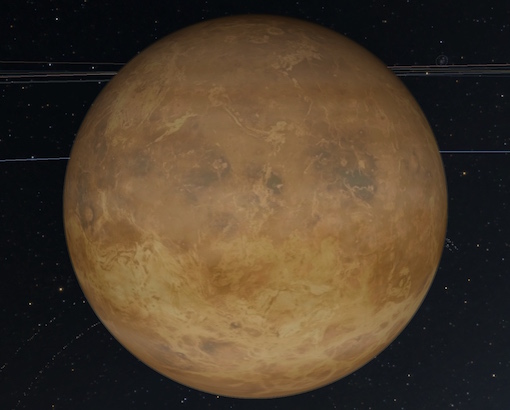
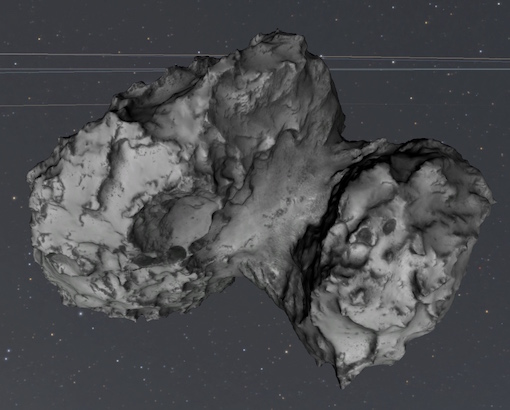
We've updated Venus to show its surface as captured by the Magellan spacecraft, but with its own cloud cover. The ESA's recent Rosetta mission created some stunning views of the nucleus of comet 67P/Churyumov-Gerasimenko. With the help of model creator Mattias Malmer, we've included a 3D representation of the comet you can orbit yourself. Just search for "67P" to find it, and "Ride along"!
Astronomers have theorized that an as-yet-unseen "Planet Nine" exists in the outer reaches of the Solar System. We've included a hypothetical position for this object so that you can see how remote it really is. You can find Planet Nine in the Luminos Solar System browser.
More Observations
As always, there are a few other additions to Luminos that we want you to know about.
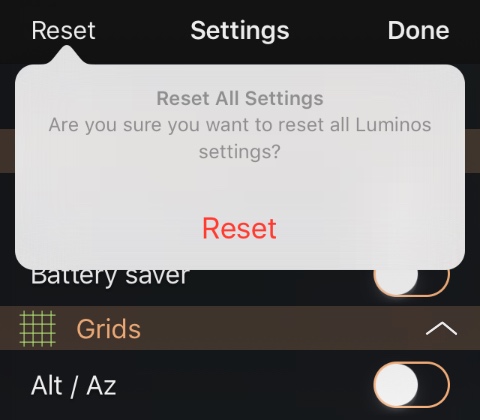
We've simplified our main Browser menu and made Settings easier to access. And you can now reset the Settings to their default values using a button in the upper left.
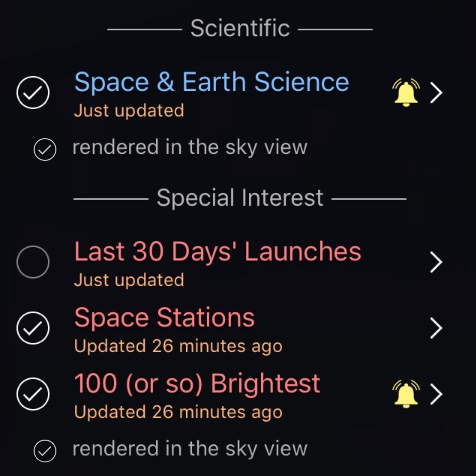
If you've ever lost track of your satellite flyover notifications, you can now find them quickly by scanning for the alarm indicators in the satellite categories.
Deep space fans will be happy to know that even higher densities of deep space objects can be viewed from Earth's surface by setting the label density slider to its highest setting. The deep space visuals have been improved to make them easier to spot, and to blend in better with the sky.
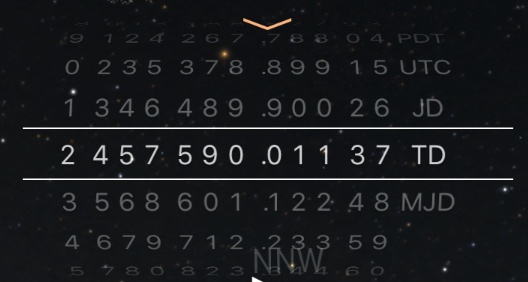
Finally, our time picker now supports JD, TD, and MJD formats, making it easy to set (or convert) the time from any of these systems.
We hope you enjoy the update, and let us know if you enjoy the app!
Clear skies,
John and Brian